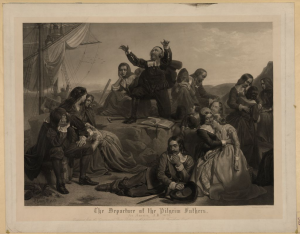A teacher excitedly came back from a workshop and shared that “we should be teaching whole brain.” She went on to explain that students can only process information for a short period such as their age plus one or two. This reminded me of an article I read recently that talked about the importance of taking a break by allowing student talk to keep learning happening.
Implementing a “Brain Break” is essential to keeping learning happening and can be a natural way for students to “sum up learning” or thinking. No more than 20 minutes of any activity should be taking place in the elementary school without a change in thought or activity. A person’s attention limit is approximately their age plus one –a second grader only has an attention span of about 8 to 9 minutes! By rebooting the brain, you restart the learning process by restoring to a calm state and producing dopamine.
Judy Willis M.D., Edutopia Article, stated the following, “For students to learn at their highest potential, their brains need to send signals efficiently from the sensory receptors (what they hear, see, touch, read, imagine, and experience) to memory storage regions of the brain. The most detrimental disruptions to traffic along these information pathways are stress and overload.” Providing our students with opportunities to summarize and talk about content often throughout a lesson can help students obtain optimal retention of information and attention.
Your brain contains 100 billion neurons or brain cells. These cells have the primary job of receiving information and signaling other neurons using electricity or chemicals to stimulate messages within the body. The hypothalamus is the regulation center of the brain. It keeps your body at a constant; including temperature, heart rate, etc. Learning happens when neurons are activated and a message is sent along the axon. When repeatedly stimulated a process called synapse is created. Synapse is created when two neurons are connected from the end of the dendrite. The creation of dendrites is when the brain is relating information that is important within the brain and “filing it” for retention or when the brain makes a learning connection which puts it in our memory.
When the brain is exposed to overload or stress the body begins to release cortisol which is the primary stress hormone. This chemical affects your heart, lungs, skin, immune system and circulation. In addition, it stimulates the hypothalamus and when it reaches the neuron, it shuts off the impulses of the dendrites which halt learning. This is a temporary response and the dendrites will grow back UNLESS there is a long term period of stress. When stress is repetitive the brain will respond by short circuiting that pathway which will stop impulses and result in the lack of input and messaging. Many of our students are in a constant state of stress from instability at home, lack of confidence in a subject, poor self-esteem, and relationships with their peers, etc. This constant state of stress causes inability to stay on task, inattention, and lack of self-control. Brain breaks stop overload and stress and allow students to process the information you are teaching.
Top Way to Implement a Brain Break?
Have students summarize content material throughout the lesson.
How?
- During teaching stop frequently and ask students to talk to a partner and summarize learning or their ideas. To change things up you can have students draw, write or act out their learning as well.
Keep learning moving by allowing students to make sense of what they are learning through talking, drawing, acting or writing. All of these activities allow students to review the information and have time to process the information. Overload shuts the brain down and stops learning. Stop that cortisol production and overload with frequent learning breaks.

